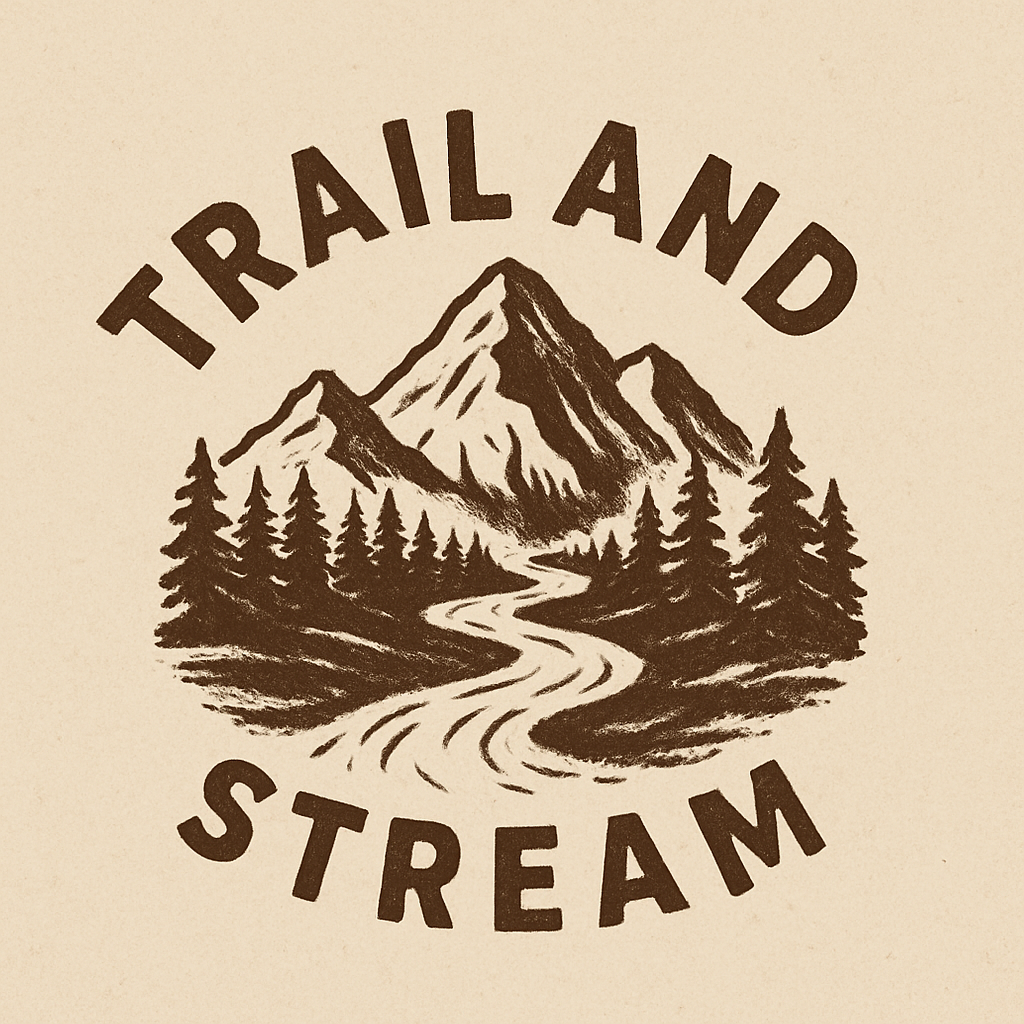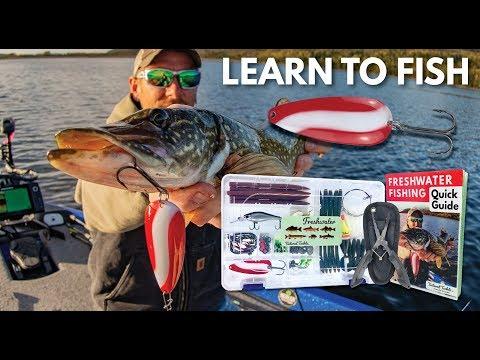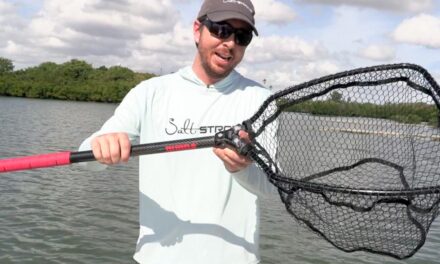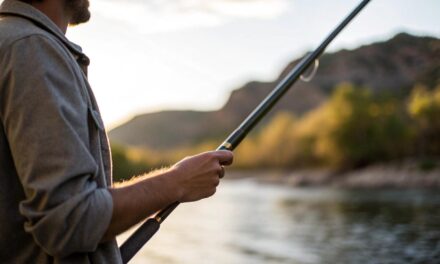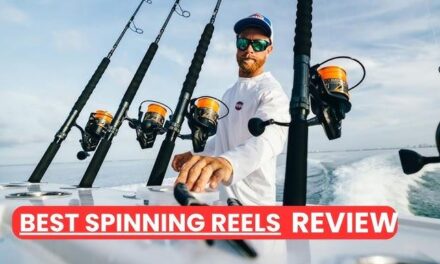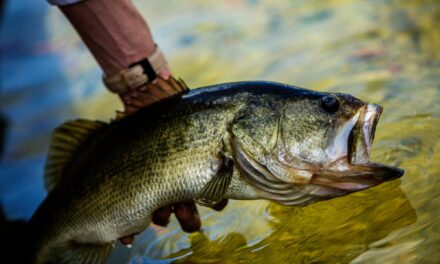The Ultimate Freshwater Fishing Gear Guide: Tips and Tricks for Beginners
Estimated reading time: 8 minutes
Table of Contents
Key Takeaways
- Choose the right rod and reel combo tailored for beginners to ensure comfort and effectiveness.
- Understand fishing line types and weights for better future decisions.
- Build a comprehensive tackle box with essential items like hooks, weights, and lures.
- Select appropriate bait and lures based on target species and fishing environment.
- Practice effective fishing techniques and follow responsible fishing practices to enjoy sustainable angling.
Starting Your Freshwater Fishing Journey
Starting your freshwater fishing journey can be both exciting and overwhelming. Imagine the peacefulness of a quiet lake or the thrill of casting your line in a rushing river. Having the right gear is crucial to your success and enjoyment. In this ultimate freshwater fishing gear guide, we’ll cover everything you need to start your fishing adventure, from essential equipment to practical tips that will have you reeling in catches in no time.
Essential Freshwater Fishing Gear
Rod and Reel Combo
For newcomers to freshwater fishing, a pre-spooled, pre-assembled rod and reel combo is the perfect starting point. According to Take Me Fishing, these ready-to-use setups take the guesswork out of matching compatible components and ensure you have a balanced system right from the start.
In 2025, experts recommend selecting a light-power, fast-action rod for your beginner setup. This versatile configuration offers excellent sensitivity for feeling bites while providing enough backbone to handle a variety of freshwater species. Look for a combination that feels comfortable in your hands, as this will improve your casting and overall experience. For more information on choosing the right gear for your specific needs, check out our guide on the best tents for camping to ensure you have a comfortable foundation before you start your fishing adventure.
Fishing Line
Most beginner setups come pre-spooled with line, but understanding line types and weights is important for future reference. For freshwater fishing, 4- to 12-pound-test monofilament fishing line is ideal. Monofilament is forgiving, easy to handle, and suitable for various fishing techniques, making it a great choice for beginners. Understanding different line types will help you make informed decisions as you advance in your fishing journey.
Basic Tackle
Your tackle box should include:
- Fishing weights (a variety pack)
- Fishhooks (sizes 6-10)
- Plastic or cork bobbers
- Swivels
- A selection of lures or live bait
For trout fishing in streams, experienced anglers often recommend Gamakatsu hooks in size 10 and an assortment of split shots positioned 8-12 inches above your hook. Be sure to check local regulations regarding tackle, as certain areas may have specific requirements for what can be used.
Additional Essential Items
Don’t forget these essential accessories:
- A state fishing license: Requirements vary by age and location, so be sure to check ahead of time.
- Knot tying guide: Knowing how to tie various fishing knots is crucial.
- Rubber fishing net: Helps land fish without causing damage.
- Polarized sunglasses: Essential for seeing below the water surface, which can help you spot fish.
- Waders or hip boots: Useful for stream fishing, allowing you to wade into the water for better access.
Getting these items will set you up for success in your fishing endeavors and ensure you have everything you need to make your time on the water enjoyable.
How to Choose the Right Fishing Rod and Reel
Rod Selection
When selecting your first rod, consider:
- Rod Length: While personal preference plays a role, longer rods (6-7 feet) generally allow for longer casts, while shorter rods (5-5.5 feet) offer better maneuverability in tight spaces. Knowing the layout of the area you plan to fish will help guide your decision.
- Rod Action: Fast-action rods are more sensitive at the tip, making them excellent for detecting subtle bites.
- Rod Power: For beginners, light or ultralight power rods are versatile enough to handle most freshwater situations while being forgiving for those still developing their technique.
Reel Options
For beginners, quality matters more than complexity. Look for reputable brands like Shimano, Pflueger, or Cabela’s Fish Eagle, which offer reliable entry-level options in the $50-80 range. These manufacturers produce durable reels with smooth drag systems that will serve you well as you develop your skills. Researching local fishing conditions can also help you decide whether a spinning or baitcasting reel will serve you better. For outdoor tips, explore our post on how to start a fire without matches for additional outdoor skills that may enhance your fishing experience.
Top Fishing Bait for Rivers and Lakes
Live Bait Options
The right bait can make all the difference between a successful day on the water and going home empty-handed. Understanding your options can turn you into a more prepared angler.
- Worms: Baby nightcrawlers are versatile for many freshwater species. They can be fished on or near the bottom to catch various fish, from panfish to larger species.
- PowerBait: Particularly effective for stocked trout. It’s available in various colors, so purchase 2-3 different colors to determine what works best on any given day.
Artificial Lures
As you gain confidence, consider incorporating these artificial options:
- Spinners: Mepps or Blue Fox brands in 1/8 to 1/4 oz weights. A mix of silver and copper-bladed varieties in your tackle box gives you options to match changing conditions.
- Crankbaits: Small 2-inch models like Yo-Zuri or Rapala are excellent for mimicking small baitfish. These can be very effective if you are targeting predatory fish like bass.
Always check local regulations before using any bait, as some areas prohibit certain types to protect the ecosystem. If you’d like to learn more about foraging and understanding food sources in the wild, our comprehensive guide can help you identify safe and edible plants.
Beginner Freshwater Fishing Tips
Perfecting Your Technique
When fishing in moving water like streams, keep these strategies in mind:
- Position your weight 8-12 inches above your hook to allow your bait to move naturally with the current.
- Adjust weight based on the water’s depth and speed to avoid getting snagged or going too fast.
- Bait movement: Aim for your bait to bounce slowly along the bottom with the current. If your line isn’t moving, you have too much weight; if it’s speeding downstream, you need more weight.
Finding Fish
Successful fishing requires understanding where fish are likely to be:
- Look for structures in the water (fallen trees, rocks, vegetation) as these are prime habitats for fish.
- Fish during early morning or evening when fish are most active and likely to bite.
- Use polarized glasses to spot fish under the water surface, substantially increasing your chances of a catch.
Responsible Fishing Practices
Always fish responsibly:
- Obtain the proper fishing license: Always check local regulations.
- Follow catch and release best practices when appropriate to maintain fish populations.
- Use rubber nets to protect fish and avoid damaging them when catching and releasing.
- Stay informed about local regulations and fish limits, as this will help preserve our waterways for future anglers.
By adopting these tips, you’ll establish a strong foundation for a successful and respectful fishing experience.
Additional Resources
Don’t hesitate to reach out to local fishing clubs or participate in online forums. Engaging with experienced anglers can provide valuable insights, tips, and tricks tailored to your specific fishing locale.
Conclusion
Freshwater fishing offers a wonderful way to connect with nature while enjoying the thrill of the catch. By starting with the right gear and following these beginner tips, you’ll be well on your way to becoming a successful angler. Remember that patience and practice are key—each time you hit the water, you’ll learn something new that improves your skills for future adventures.
What questions do you have about getting started with freshwater fishing? Share your experiences or inquiries about specific equipment or techniques in the comments!
This guide aims to provide complete insight into the essentials of freshwater fishing for beginners, integrating practical advice and research to support your newfound passion. Happy fishing!
